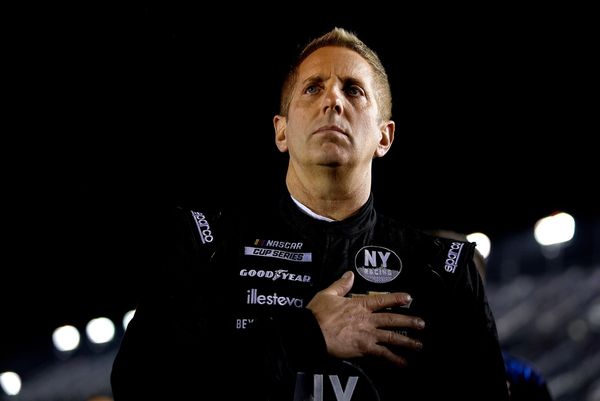Following nine days of mourning over Pope Francis's passing on 21 April, 133 cardinals representing 70 countries have gathered behind closed doors on Wednesday for the conclave to elect the new leader of the Catholic Church.
Sequestered from the outside world with no access to phones or communication, the conclave — the most geographically diverse Catholic Church’s 2,000-year history — will follow centuries-old rituals inside the Sistine Chapel to decide who will lead the 1.4 billion faithful.
The first vote, which came in late on Wednesday, was a no, judging by the thick cloud of black smoke above St Peter's Square.
From Thursday, up to two ballots can be held in the morning and two in the afternoon until a winner is found.
While cardinals this week said they expected a short conclave, it will likely take at least a few rounds of voting.
In the past century, it has taken between three and eight ballots to find a pope. Pope John Paul I — the pontiff who reigned for 33 days in 1978 — was elected on the third ballot. His successor, Pope John Paul II, needed eight. Pope Francis was elected on the fifth in 2013.
Revisit our liveblog for updates, analysis, and insights from Euronews journalists across Europe as the first day of the conclave unfolded.







